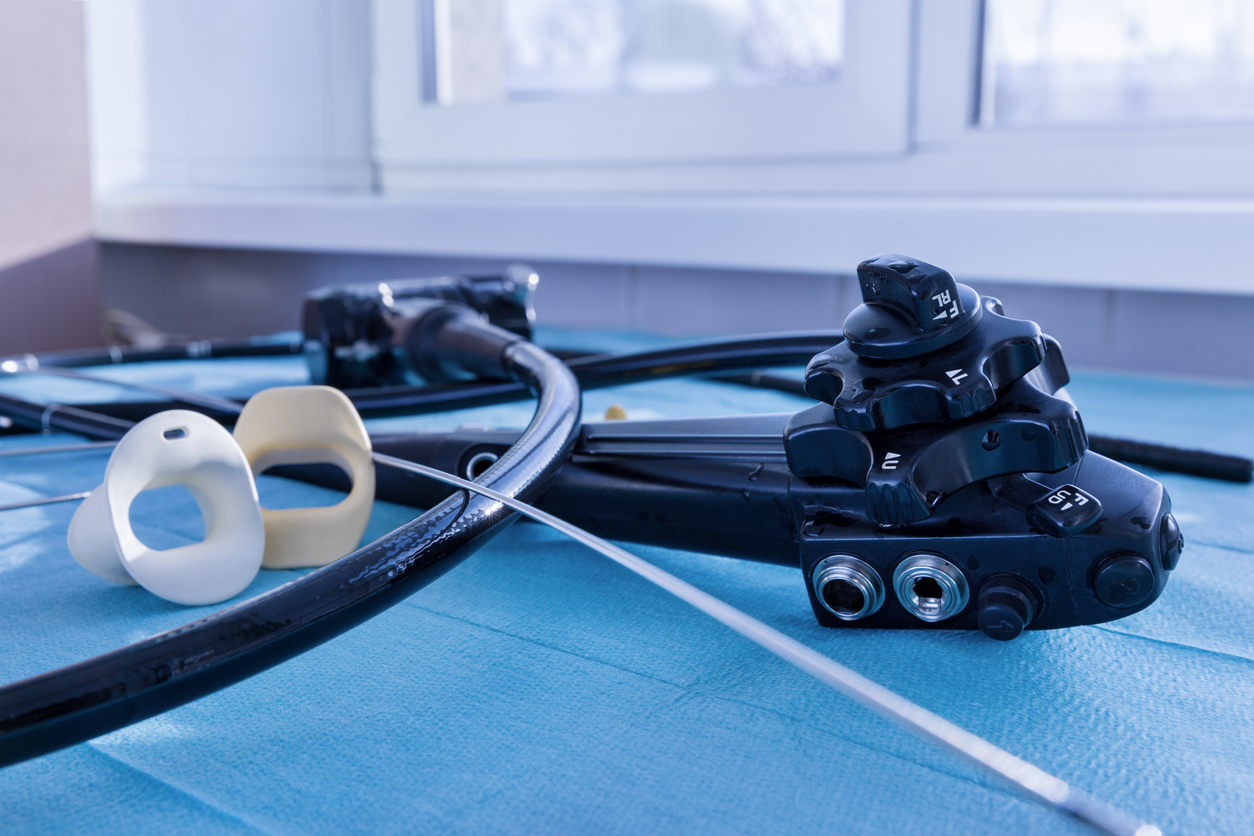
Researchers in Italy found patient-ready duodenoscopes to harbor high rates of contamination, warranting the additional step of microbiological culturing following reprocessing.
The high percentage of contaminated samples in the study — 36.81 percent — highlights “the potential risk of pathogen transmission via duodenoscopes,” a study published in The Journal of Hospital Infection concludes. “Duodenoscope surveillance by microbiological culturing, along with strict adherence to reprocessing protocols, may help to detect endoscope contamination at an early stage and reduce the risk of transmission of duodenoscope-associated infections.”
The study took place at digestive endoscopy units in Italy that perform endoscopic retrograde cholangiopancreatography (ERCP) on outpatients and inpatients. Duodenoscopes were eligible for sampling after reprocessing and were ready for patient use. Sampling was done according to 2018 U.S. Centers for Disease Control and Prevention (CDC) guidelines and organisms were classified as either high-concern (HCO) or low-concern (LCO).
Of the 36.81 percent of samples containing microbial contamination, 13.89 percent were deemed LCO while 22.92 were classified as HCO.
The study included 144 samples collected from 51 duodenoscopes — 80 of which were taken immediately after reprocessing and 64 during storage. Researchers found a contamination rate of 27.5 percent when samples were collected immediately after reprocessing, 40 percent when collected during storage inside of a cabinet compliant with EN 16442:2015 — a European standard specifying the performance requirements for cabinets storing endoscopes following automated or manual processing — and in 100 percent of samples not compliant with EN 16442:2015.
ECRI has routinely included duodenoscope reprocessing concerns among its 10 most significant threats to patient health. Failures in reprocessing occur because of the complexity of both the process and the scopes themselves.
The U.S. Food and Drug Administration has issued multiple communications regarding reusable duodenoscopes — most recently urging providers to transition to innovative duodenoscope designs due to concerns about reprocessing and patient cross-contamination. Such designs include duodenoscopes with disposable components or that are fully single-use.


